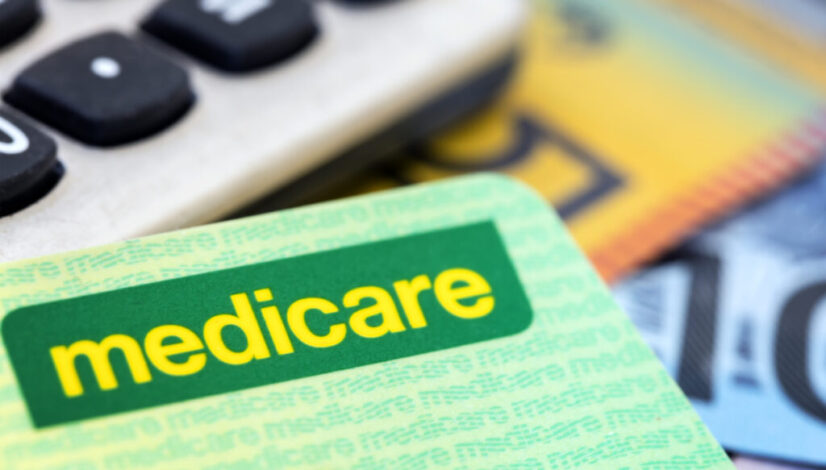How does the Medicare Levy Surcharge work in Australia?

In Australia, the Medicare Levy Surcharge is a tax levied on taxpayers who do not have coverage of private hospital cover and more than a specific amount of income. The purpose of the surcharge is to encourage individuals to obtain private hospital coverage, which then contributes to the funding of the public health system. Your taxable income is used to determine the Medicare Levy Surcharge. Therefore, it is payable if you do not have coverage of private hospital and your taxable income is above a certain amount. The surcharge is payable in addition to the Medicare Levy, which is 2% of your taxable income.
What is the Medicare Levy Surcharge?
The Medicare Levy Surcharge is a tax that is levied on Australians who do not have private health insurance. The surcharge is payable if your income is above a certain threshold and you do not have an exemption. The surcharge was introduced in 1997 to encourage Australians to take out private health insurance and reduce the demand on the public healthcare system. The income thresholds and surcharge rates are reviewed annually and indexed to inflation. The Medicare surcharge levy iselect is not levied on taxpayers eligible for the Private Health Insurance Rebate.
How does the Medicare Levy Surcharge work?
The Medicare Levy Surcharge is a levy charged to Australians who do not have private health insurance and earn more than a specific amount of income. The Medicare Levy surcharge is included in your annual tax bill, and its amount is determined as a proportion of your taxable income. The surcharge is designed to encourage Australians to take out private health insurance, which helps to reduce the demand on the public healthcare system.
The Medicare Levy Surcharge is income-tested, so the amount you pay will depend on your taxable income. For singles, if the income is above $90,000, the surcharge is 1% of taxable income. For families, if the income is above $180,000, the surcharge is 1% of your taxable income. There are some exceptions to the Medicare Levy Surcharge, such as if you are aged under 30 years old or receiving certain government benefits. You can also apply for an exemption if you have private hospital cover that meets certain criteria.
Who is eligible for the Medicare Levy Surcharge?
If you’re an individual earning above $90,000 or a family earning more than $180,000, you’ll be eligible for the Medicare Levy Surcharge. The surcharge is basically applied to motivate people to take out private health insurance and help offset the cost of providing free public healthcare. The Medicare Levy Surcharge is a tax applied to singles earning over $90,000 and families earning over $180,000 who don’t have private hospital coverage. The surcharge is an extra 1% – 1.5% of your income tax.
Adult Dependent
For Medicare Levy Surcharge, a person has not been deemed a dependent if they are over 21 and are not enrolled as full-time students. If an individual is covered as an adult dependent on a family hospital policy and their income is higher than the minimum level required to avoid the MLS. They are responsible for paying the Medicare Levy Surcharge. The individual must purchase a hospital policy to be excluded from Medicare Levy Surcharge.
The Medicare Levy Surcharge aims to encourage people to take out private health insurance and help offset the cost of providing free public healthcare. If you have private health insurance and are admitted to the hospital as a private patient, you are less likely to need treatment in a public hospital, saving the government money.





